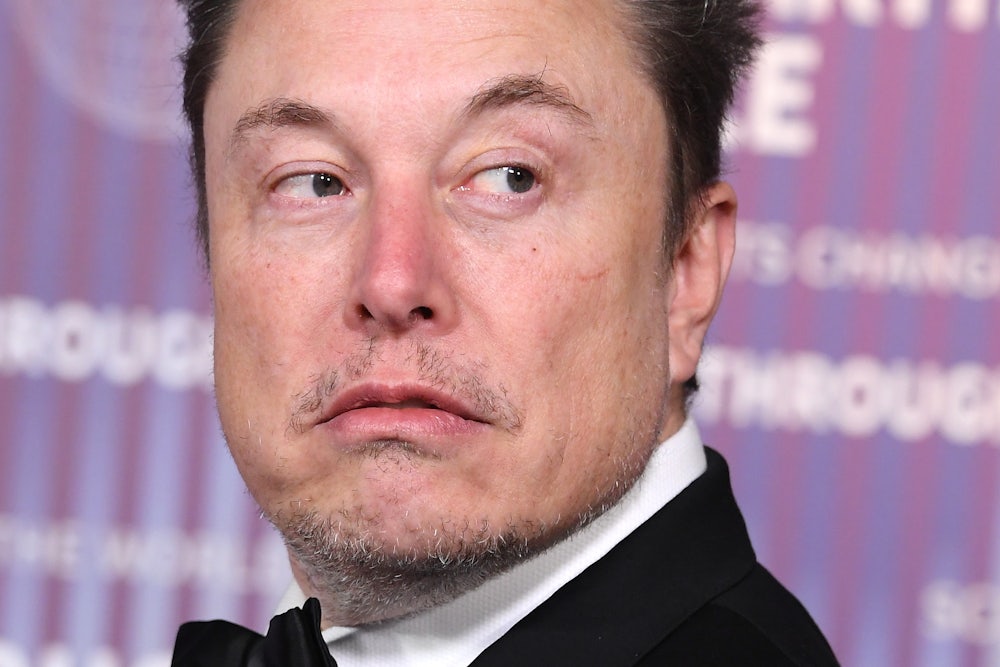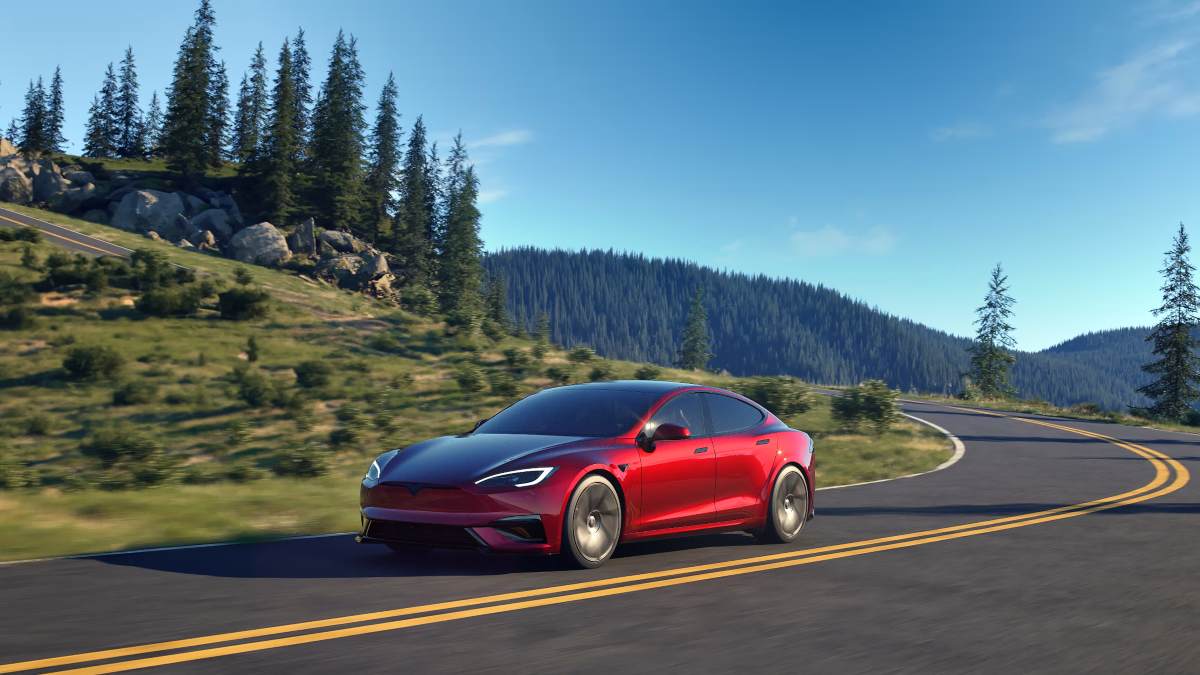
Tesla CEO Elon Musk has once again stirred debate in the electric vehicle world, this time by announcing a $5,000 price hike on the company’s flagship Model S and Model X vehicles. The move comes amid waning demand for Tesla’s higher-end models and a wave of lackluster reactions to what the company is touting as a fresh update to both the All-Wheel Drive (AWD) and high-performance Plaid trims.
Customers, however, are already voicing strong disapproval across social media, calling the updates “underwhelming” and questioning whether Tesla has lost touch with what premium EV buyers now expect. The update was rolled out without much fanfare and went live in the U.S. market this week.
The base price for the Model S AWD has jumped to $84,990, while the Plaid version now starts at $99,990. For the Model X, the base AWD model has been increased to $89,990, with the Plaid trim hitting a staggering $104,990.
Tesla says the refresh includes “a range of new features and refinements,” but as the online response has made clear, many consumers feel the upgrades fall short of the premium experience that should accompany such a steep price tag.

Among the most noticeable of the changes is a new paint option called Frost Blue, available for an additional $2,500. The company also boasts of a quieter cabin due to enhanced sound insulation, new wheel designs aimed at improving aerodynamics, a front-facing camera added to the fascia for better visibility, and dynamic ambient lighting on the dashboard and doors—borrowed from the Model Y and Model 3, but with added “entry animations” in the Model S and X.
Tesla further announced redesigned suspension bushings and adaptive driving beams, as well as modest performance tweaks such as a slightly extended range on the Model S Long Range variant, now up to 410 miles with 19-inch wheels—only a 5-mile improvement from its predecessor.
Despite these additions, the backlash is mounting because many customers see these as superficial changes rather than meaningful improvements. For instance, the Model S Plaid has not only gained 26 pounds in weight but also had its top speed cut from 200 mph to 149 mph. In a market where performance metrics still matter greatly to Tesla loyalists, that change feels like a step backward.
The Model X Plaid has it worse: 183 pounds heavier with no gain in performance. Critics are also lamenting the removal of the controversial yoke steering wheel from the base AWD versions, which is now offered only as a $1,000 add-on for Plaid models.

This refresh appears to signal deeper challenges for Tesla. Once the undisputed leader in EV luxury and performance, the company now finds itself fending off fierce competition from Rivian, Lucid Motors, Cadillac’s Escalade IQ, and Kia’s EV9—all of which are rolling out next-gen SUVs and sedans packed with cutting-edge technology and generous passenger room.
Tesla’s loyal user base, long accustomed to major innovations like Autopilot and Full Self-Driving (FSD), seems increasingly impatient with minor cosmetic changes marketed as meaningful innovation. One viral comment on Tesla’s official X account said it all: “Go look at what Rivian, Lucid, Escalade IQ and EV9 are doing and copy that. People want real 3-row SUVs with more range and tech and this isn’t that.”
For years, Elon Musk has teased major technological leaps in Tesla’s vehicle lineup. This latest refresh was expected to finally introduce innovations like steer-by-wire control and the 48-volt electronic architecture showcased in the Cybertruck. Neither feature made it into the Model S or X.
Instead, customers are being offered more expensive versions of already expensive vehicles—without the revolutionary tech that has become synonymous with the Tesla name.
The timing of the update raises additional questions. It comes amid Tesla’s ongoing struggle to sell not only the Model S and Model X, but also the Cybertruck, which despite its hype has underperformed in actual deliveries.

Musk’s polarizing public persona, exacerbated by political controversies and confrontations with regulators, may be eroding consumer trust. Once admired for being an innovator, Musk now increasingly finds himself having to defend the company’s stagnating product lineups and slipping market share.
And yet, even as Tesla fends off criticism for overpriced refreshes, the company continues to chase the holy grail of autonomous vehicles. Musk recently announced that the first Tesla to drive itself from the production line to a customer’s home is scheduled for June 28—a potential industry first.
These vehicles will be standard Model Ys equipped with Tesla’s Full Self-Driving (FSD) software, operating entirely without human input. Initial trials in Austin, Texas, will see a small fleet of 10 vehicles navigate real-world conditions under geofenced and remotely supervised scenarios.
Musk claims every Tesla coming off the production line is already capable of unsupervised self-driving. Videos showing a “Robotaxi” branded Model Y ferrying a passenger in Austin have gone viral, and Musk confirmed their authenticity. “We are being super paranoid about safety,” Musk wrote on X, explaining that the June 28 launch date could shift depending on real-world performance metrics.

He also teased that the Robotaxi fleet will soon expand to Los Angeles, San Francisco, and San Antonio.
Tesla’s simultaneous push into autonomy while offering traditional vehicles with minimal updates may point to a divided strategy. On one hand, it’s trying to maintain excitement in its aging flagship models. On the other, it’s making ambitious promises about a future where drivers become obsolete.
Critics argue the two strategies are colliding—consumers asked to pay nearly $100,000 for a Model S today are wondering why they shouldn’t just wait for a Robotaxi tomorrow.
Financially, this could become a crucial inflection point. Tesla has faced slowing revenue growth in recent quarters and is now under pressure to stimulate demand while protecting its margins. Raising prices on the Model S and X could help with short-term margins, but may deepen its long-term demand problems.
Wall Street analysts remain divided—some believe the company’s brand loyalty and self-driving pipeline will secure its future dominance, while others say Tesla is showing signs of Apple-like stagnation, prioritizing cosmetic updates over meaningful innovation.
From a consumer perspective, it’s clear that expectations have changed. A decade ago, Tesla could get away with selling minor updates as cutting-edge features. But in 2025, with competitors launching EVs with faster charging, smarter interiors, and stronger environmental credentials, Tesla has to do more than slap on new paint and LED lights.
The EV pioneer is now in a race not only with the competition but with its own past. And if reactions to the new Model S and X are any indication, the road ahead may be bumpier than Elon Musk would like to admit.

-1749483269-q80.webp)
-1750570235-q80.webp)